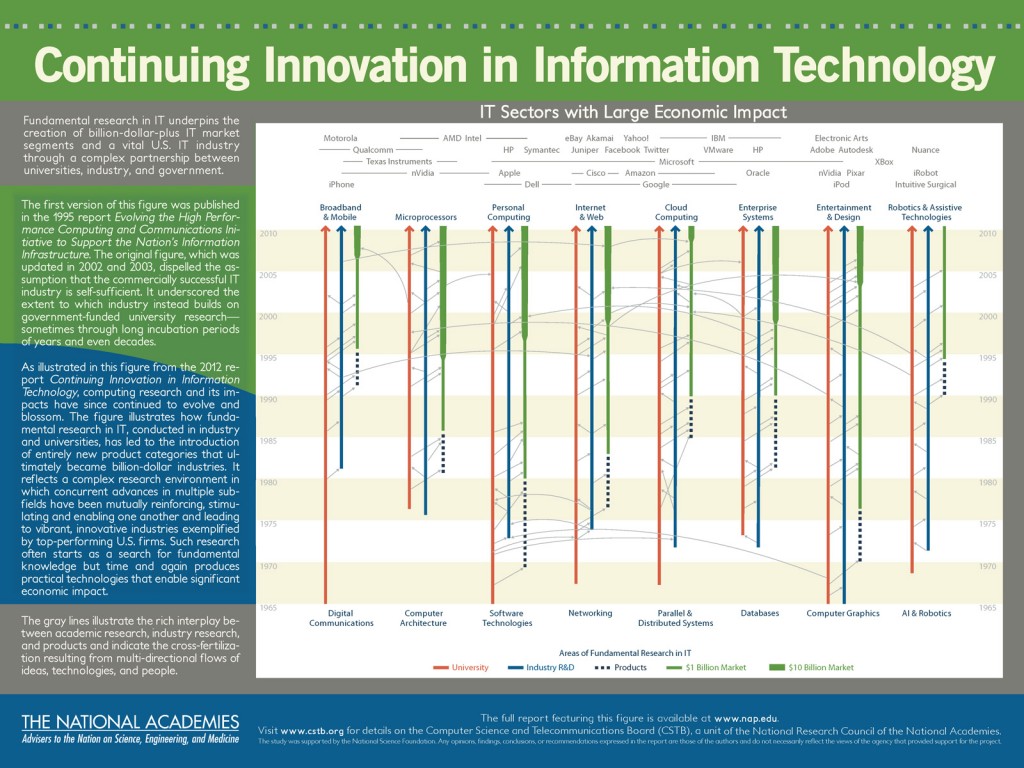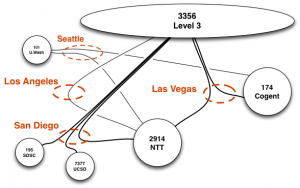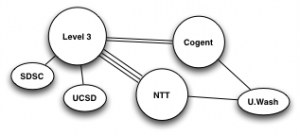CRA Congressional visit to Washington D.C.
Tuesday, September 27th, 2016 by kcAs part of a Computing Research Association (CRA) effort to introduce policymakers to the contributions and power of IT research for the nation and the world, this month I had the honor of visiting with the offices of four U.S. senators and a U.S. Representative:
- Edward Markey‘s staffer Alec Bogdanoff, whom I met with WPI Professor Elke Rundensteiner
- Senator Ron Johnson‘s staffer Jenna Mathis, whom I met with University of Wisconsin Professor Mark Hill
- Rep. Darrell Issa‘s staffer Robert Rische
- Senator Barbara Boxer‘s staffers Nicole Frazer and Carl Welliver
- Senator Dianne Feinstein‘s staffers Tristan Colonius and John Lynch
Internet-specific topics I discussed included the importance of scientific measurement infrastructure to support empirical network and security research, broadband policy, and Internet governance.
We left them with a terrific infographic from the National Academy study “Continuing Innovation in Information Technology“, which shows the economic impact of different areas of fundamental IT research. The 2-pager flyer and the whole National Academy report, Depicting Innovation in Information Technology, is available on the National Academies of Science, Engineering, and Medicine Computer Science Telecommunications Board (CSTB) site.

Even with many folks in Congress having a higher priority of passing a budget and getting back home to their districts to prepare for elections, all the staffers were gracious and genuinely interested in our field. (Who wouldn’t be? 😉 )
Kudos to the Computing Research Association for providing a wonderful opportunity to engage with policy folks.



